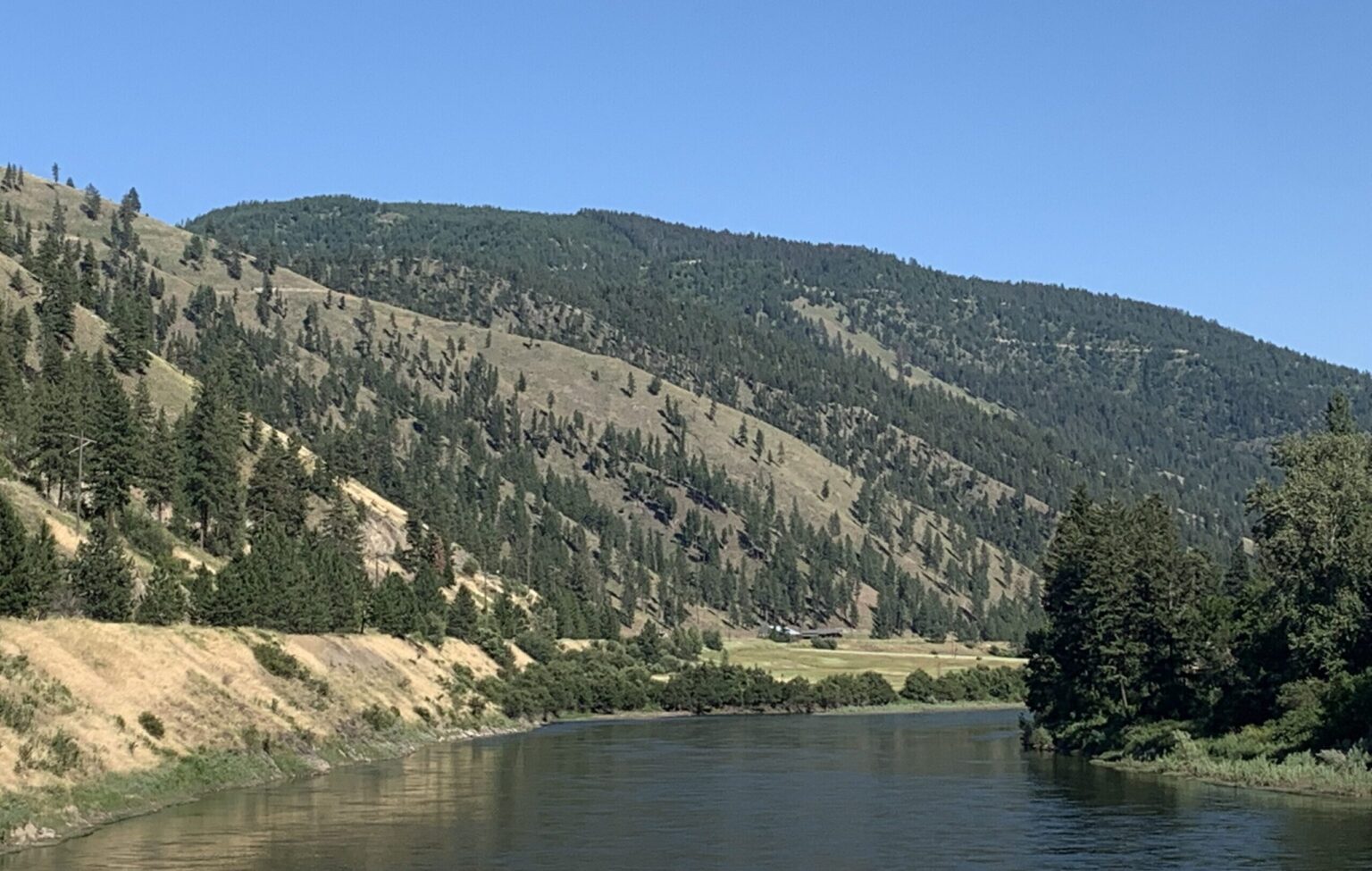While anglers flock to streams across the Clark Fork Basin for another fishing season, hardworking staff at Montana Fish Wildlife & Parks have been grappling with a sobering question: Is it safe to eat fish anywhere in the Clark Fork River?
Problems with fish in the Clark Fork aren’t necessarily breaking news. Previous testing by FWP found high levels of three types of dangerous contaminants: dioxins, furans, and PCBs in rainbow trout and northern pike in some stretches of the river. This discovery led to a formal advisory that the public avoid eating fish in certain river sections – from the Bitterroot confluence to where it joins the Flathead – due to human health concerns.
But the Clark Fork is a big watershed, and questions remained about whether fish in the headwaters or downstream should also be off-limits. These unknowns prompted Montana Trout Unlimited to partner with FWP and other stakeholders, the Clark Fork Coalition, the Montana Natural Resource Damage Program, the Missoula County Health Department and the Confederated Salish & Kootenai Tribes to pool resources to investigate the scope and potential sources of pollution.
In 2022, MTU secured a federal EPA grant to fund water quality and fish-tissue sampling at dozens of locations, from the Clark Fork headwaters to the Idaho border. FWP staff spent the 2023 season deploying samplers in the river and harvesting fish to test for the presence of dioxins, furans and PCBs. Now the initial results are in, and the picture may be bleaker than before.
The devices deployed last year identified elevated levels of PCBs, dioxins, and furans at the headwaters, again near Bearmouth, and downstream of Missoula. Although we await a definitive analysis, initial results suggest that levels may approach or exceed safe limits for human consumption. It is now clear that this contamination is widespread, but more work is needed to pinpoint its specific sources, and to develop effective remediation strategies to protect human and ecological health.
So what does this new data mean? We don’t have the complete answer yet.
Experts with FWP and Montana DEQ need to complete their quality-control analysis before making decisions about whether an expanded advisory is warranted. However, two things are for certain:
First, Clark Fork anglers should proceed with caution. Even in very small amounts, these highly toxic contaminants are known to cause cancer, damage the immune system, and cause developmental and reproductive problems. While more needs to be done to fully understand the 2023 data, an abundance of caution would dictate avoiding fish consumption throughout the river.
Second, the public needs more information. These contaminants are highly toxic and extremely difficult to detect. Testing is expensive, time consuming, and often leads to questions that warrant further investigation. In some areas, we currently have the resources to dig into the problem. At Smurfit-Stone – a known source of all three types of contaminants – the EPA is investigating the site and must do everything possible to quantify and mitigate Smurfit’s contribution to the problem. In other areas, we may need to collect more data to identify and remove new sources of contamination.
We’ve come too far to accept a perpetually contaminated Clark Fork fishery, and FWP’s discoveries demand a strong response. This is true not just at Smurfit but in the upper river, where hundreds of millions have already been invested in restoring a heavily damaged waterway. Through the ongoing and collective efforts of FWP, DEQ, and a broad set of community stakeholders, we are well positioned to identify and address threats to human and ecological health and work towards a cleaner and healthier Clark Fork.
David Brooks is the Executive Director, Montana Trout Unlimited and Andrew Gorder is the legal and policy director for the Clark Fork Coalition.

